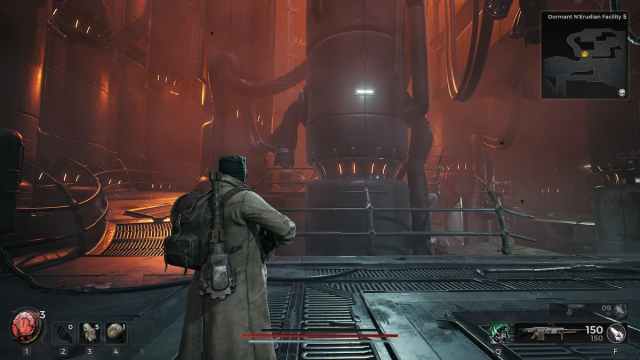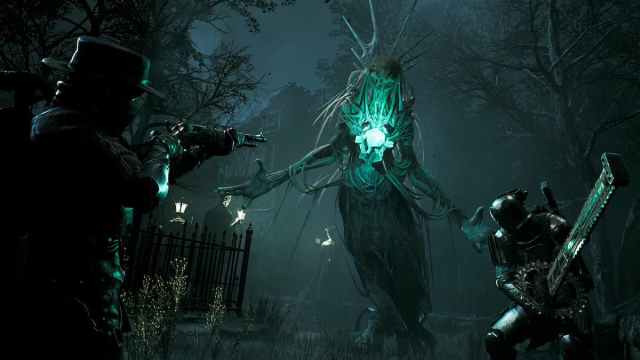Remnant 2 is a brutal game at the best of times. It can be unforgiving and time-consuming, even on the easiest difficulty, yet most players will likely find their groove after a few hours of gameplay—so long as you don’t screw yourself over at the start with your choices, as I did.
At the beginning of Remnant 2, I didn’t pay much heed to what the game was telling me, the hints provided, or any of the various choices offered. You would think crucial decisions such as which archetype to choose, which determines your character’s abilities and playstyle, would warrant some consideration. But not for me, apparently.
In fact, many of the stupid choices I made early on in the game in an attempt to progress as quickly as possible only slowed me down further and made progression even more challenging.
Mistakes were made at the very beginning

I picked Challenger, an archetype (or class) designed for close-quarters combat. Challenger is a bruiser build, good at taking hits, making it the perfect choice for the front line of team combat. For some reason, though, I thought it would be a good class to pick as a solo player. What on earth was I thinking? Honestly, I thought that tanking hits and being a frontline would be a great way to rush through the game. I thought it would be a breeze. That was until hordes of enemies soon put me in my place.
Death after death, I slogged through the waves of enemies, barely making it to the first boss in the first area of Yaesha. The Challenger’s longsword, shotgun, and pistol make it the perfect build for getting up close and personal with enemies, but they’re little use in long-range fights. The problem is, as a solo player, you don’t have any teammates to distract your foes or keep you healed as you charge head-on into battle, making you a large target with no backup. As a result, what I assumed would be an easy 40 minutes of gameplay turned into a grueling three-hour learning experience in patience and a reminder of how important your early game choices are in Remnant 2. I also learned to ensure you have plenty of consumables and items to hand, especially if you have no teammates to heal you. The problem is, I didn’t even know these items existed until hours of gameplay later.
The Remnant community will likely laugh at my incompetence, but I never played the first game, so I went into Remnant 2 without a slither of an idea of what I was doing. I soon learned the hard way the choices you make with your character, the gear you equip, and the items you take are crucial, but it’s also vital to take your time and look at every nook and cranny of every area to make sure you don’t miss something important.
The game has multiple destructible crates that house items to keep you alive longer, but I simply ran past them without checking. They could have contained gear that would have made progression easier, but I purposely passed them as I rushed to push forward, only to find progression slower because I didn’t have these items—the irony isn’t lost on me.
Starting again

After roughly four hours of being a Challenger, I finally bit the bullet and did the unthinkable: I started again from scratch. This time I picked the healer class instead, so I had more options to keep me healed up throughout the run. Armed with the knowledge of my failed Challenger run, I was better prepared for the grind ahead. My past failure set me up for a better experience, and I am now fully kitted out, stocked with the items I need, and doing justice to the solo grind.
Remnant 2 is made to be played with others. Classes and builds are designed to complement each other, and that synergy makes the challenge more digestible—and frankly, more enjoyable. But that’s not to say that solo play isn’t fun. Nothing that the game threw at me felt unfair. There were signs of enemy placements, upcoming dangers, items that could keep me in the fight longer, and everything I needed to be successful. It was my own poor decisions, impatience, and incompetence that prevented me initially from making the most of what was on offer.
Remnant 2 may be brutal in its difficulty spike, but its learning curve is even steeper. It’s manageable as a solo player, however, as long as you take advantage of all the opportunities you’re offered, prepare yourself for the onslaught, and have considerably more patience than I did.





Published: Jul 20, 2023 09:00 am